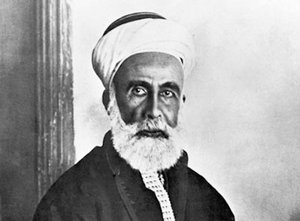Suspects brought to court for start of Bangkok bombing trial
Edit Tampa Bay Online 16 Feb 2016
It is expected that they will enter their pleas on Tuesday, which will be followed by questioning and the formal trial ... An official told reporters before they were led inside the courtroom that authorities were trying to arrange for translators, one who would translate the proceedings in Thai to English, and another who would translate English to the Uighur (pronounced WEE-gur) language, which the defendants had asked for ... 29 ... ....
Targeting family, China pressures US-based Uighur journalist
Edit U~T San Diego 08 Jan 2015
WASHINGTON (AP) — The State Department is voicing deep concern that three brothers of a Washington-based journalist from a Chinese minority group have been imprisoned in China in retribution for his reporting. The journalist reports in Uighur (WEE'-gur) language for the U.S ... - ... ....
- 1
- 2
- 3
- 4
- 5
- Next page »








